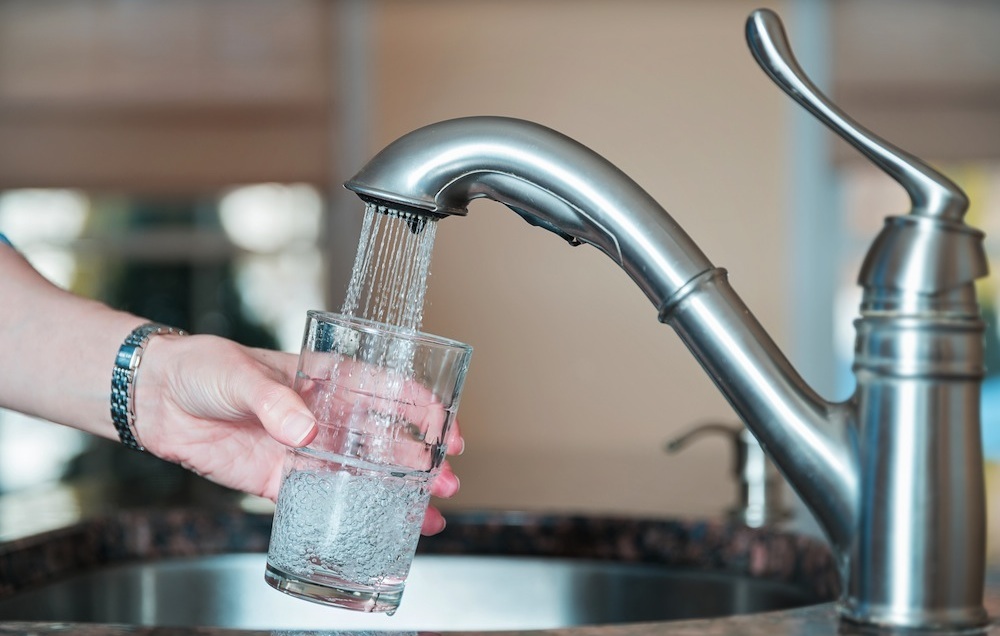
Tiny (and not so) plastic particles can be found in water almost anywhere in the world. These are the results of a study
conducted by experts from the University of Minnesota. The authors of the work conducted a thorough analysis of 159 water samples from various regions of the Earth, including the United States, Europe, Indonesia, Uganda, Beirut, India and Ecuador. In 83% of the samples examined, plastic was found; no country can boast that its water bodies are completely clean.
In each of these regions, scientists took not one sample, but several, and from different places. Then the results were averaged. The lowest result of pollution in a specific country is 72% (that is, out of 100% of samples taken, 72% contain plastic particles). The highest - 94%, this is the result showed the study of water samples from the US
Speaking of plastic in the framework of the current study, scientists do not imply pieces and pieces visible to the eye, although there are also a lot of them. No, I mean tiny particles with a diameter of not more than 2.5 microns. Their number is very small in most cases - it is not a “plastic soup”, but they are almost everywhere.
Water samples in each country were taken by the same method. The sample volume is 500 ml for each sample from each country. As for the United States, here "high pollution" means about 4.8 particles of plastic of the above mentioned size in the country. The water selected in Washington contained about 16 plastic fragments. The lowest rates were found in Indonesia and in Europe - there is an average of 1.9 particles per 500 ml of sample volume.
Unfortunately, the researchers conducted only quantitative, but not qualitative analysis. That is, the types of plastic, the particles of which were found, were
not determined . The purpose of the study was to show how plastic actually spread throughout the world.
In principle, these results are not surprising. After all, scientists from other countries and organizations have repeatedly demonstrated similar results, which clearly indicate that plastic is everywhere. This year, for example, plastic microparticles were found in
sea salt . In addition, they are also found in marine organisms, in food, in beer, in honey, sugar and air.
In 2014, European scientists showed that mollusc lovers consume about 11,000 tiny particles of plastic per year. Now you can calculate that if you drink about two liters of water daily, while in the US, the annual amount of plastic consumed by humans will be about 7,000 microparticles. This is if the research results are correct.
Unfortunately, the impact that this material has (besides different species) is difficult to track. We need large-scale studies lasting many years (perhaps dozens). Participate in the experiment should many volunteers of different age groups. The fact that some effect of plastic microfragments have virtually no doubt. The fact is that their size allows you to easily get into the cells of different organs. Microparticles may accumulate in certain tissues. What this may lead to, is still unclear.
“We don’t know the impact plastic has, and for this reason we must follow the principle of preventing harm, and also immediately conduct research that can show us what the risks are,” said Anne-Marie Mahon from the Galway Mayo Institute, whose scientists also participated in the study of the situation with the spread of plastic. This year, Machon published his own work on the study of plastic pollution of water from the tap in Ireland.

Plastic is now really a lot, it is produced by hundreds of thousands, millions of tons, and only a small fraction of this entire volume is utilized. Polyethylene and polypropylene account for 92% of world plastic production, including 40% for polyethylene. Plastic bags are thrown into trillions a year. Scientists are constantly looking for new, promising ways to process plastics. One of such methods is plastic utilization with the help of living organisms.
This year, for example,
entomologists learned that the caterpillars of the insect of the species Galleria mellonella (large wax moth) eat plastic, and not just eat, but can process it without harm to themselves. The rate of biodegradation of plastic in this case is higher than in the case of plastic consumption by bacteria, which were reported last year.